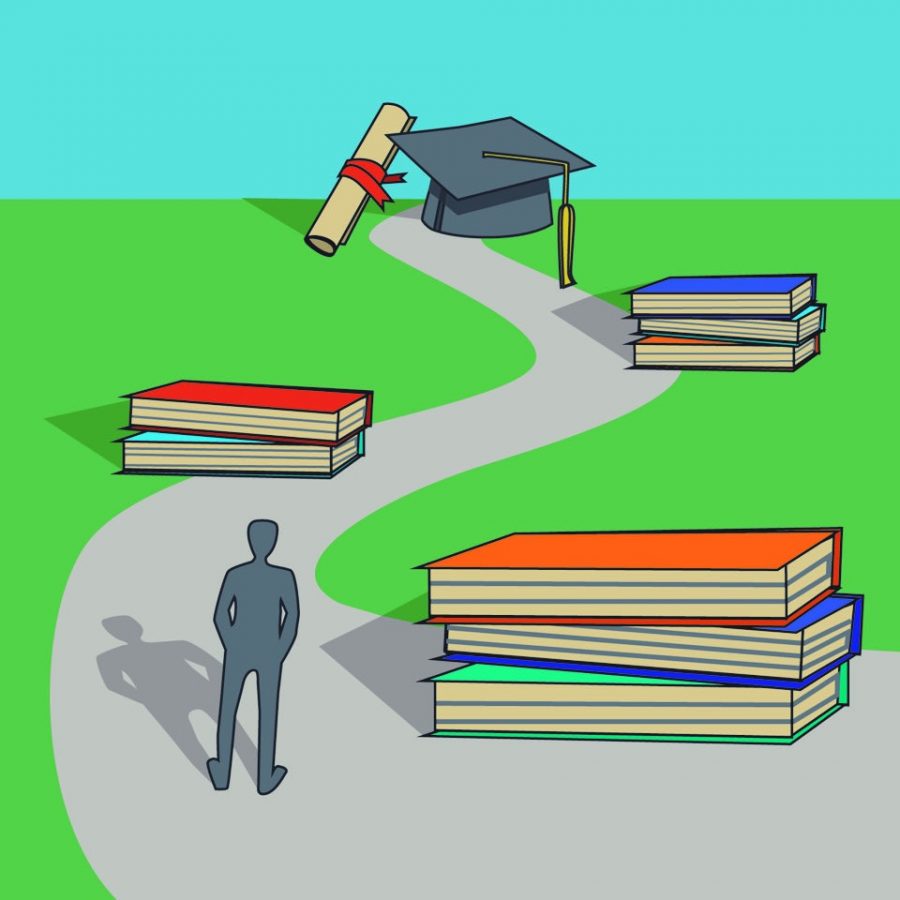The University of Minnesota’s liberal education requirements have been in place for two decades.
Now, a University committee is moving forward with overhauling the curriculum, aiming to simplify and clarify the collection of courses mandated for every student on the Twin Cities campus. The Liberal Education Redesign Committee has amped up conversations, meeting with members of the Faculty Consultative Committee last week. The redesign is expected to go into place by the 2020 academic year.
Although a finalized framework has not been made public, the redesign looks to bring requirements up to date and refocus students’ attention on learning. It would also cut down on the common practice of “double-dipping,” taking one course that meets multiple requirements.
College of Science and Engineering professor Sally Gregory Kohlstedt, chair of the redesign committee, said the 20-member group is working to make requirements “simple, linear and much more transparent about our goals.”
Kohlstedt said that students too often focus on the easiest path to complete requirements. The new liberal education curriculum hopes to change that.
“Instead of saying, ‘what do I want to learn,’ people are saying, ‘how do I meet these basics so I can get on to my major,’” she said. “We’re really hoping to get students to be more conscious about the choices they’re making and thinking about ‘what does it mean and what am I going to get out of this?'”
Under the current curriculum, students can must take around 27 to 39 credits to satisfy the requirements, depending on how many courses they double-dip. The new requirements will likely be around 30 credits in total, according to Kohlstedt.
Kohlstedt said that liberal education curriculum, which has been in place since 1994, with only a slight modification in the mid-2000s, is in need of modernization.
“What we have is pretty good,” she said. “But we really want to update it and see if we can configure it in such a way that when you take a course, it has a purpose and you know what that purpose is.”
The current liberal education curriculum is split into three parts. All students, regardless of major, must take seven diversified core courses, ranging from arts and humanities to physical sciences; at least four themes, such as civic life and ethics or the environment and four writing intensives.
“It’s basically a model that includes what’s called a diversified core that gets at the ways of knowing at the University: epistemology,” said Robert McMaster, vice provost and dean of undergraduate education, at a Board of Regents meeting in December. “And then the designated themes that bring relevance with these topics to society.”
Under the current system, students are allowed to double-dip, McMaster said, by taking one course that counts for both a designated core and a theme.
The new framework will keep a three-category structure, requiring a mix of courses that meet disciplinary, thematic and fundamental inquiries while eliminate double-dipping, Kohlstedt said.
Going forward, Kohlstedt said the committee will continue consulting with University members. She hopes to bring a revamped framework to a vote in the Faculty Senate by the end of the semester and implement the new system in fall 2020.
Kohlstedt said the curriculum is ultimately a “faculty decision.”
Amy Pittenger, chair of the Faculty Consultative Committee, said she hopes to have the chance to provide more input in the coming months.
“I think it’s important for them to get it right,” she said. “And if it’s not done by then, they should keep working on it.”
Though the framework is not finalized, Pittenger said it’s an important issue for faculty. “Certainly faculty are acutely interested in whatever its going to be,” she said.








